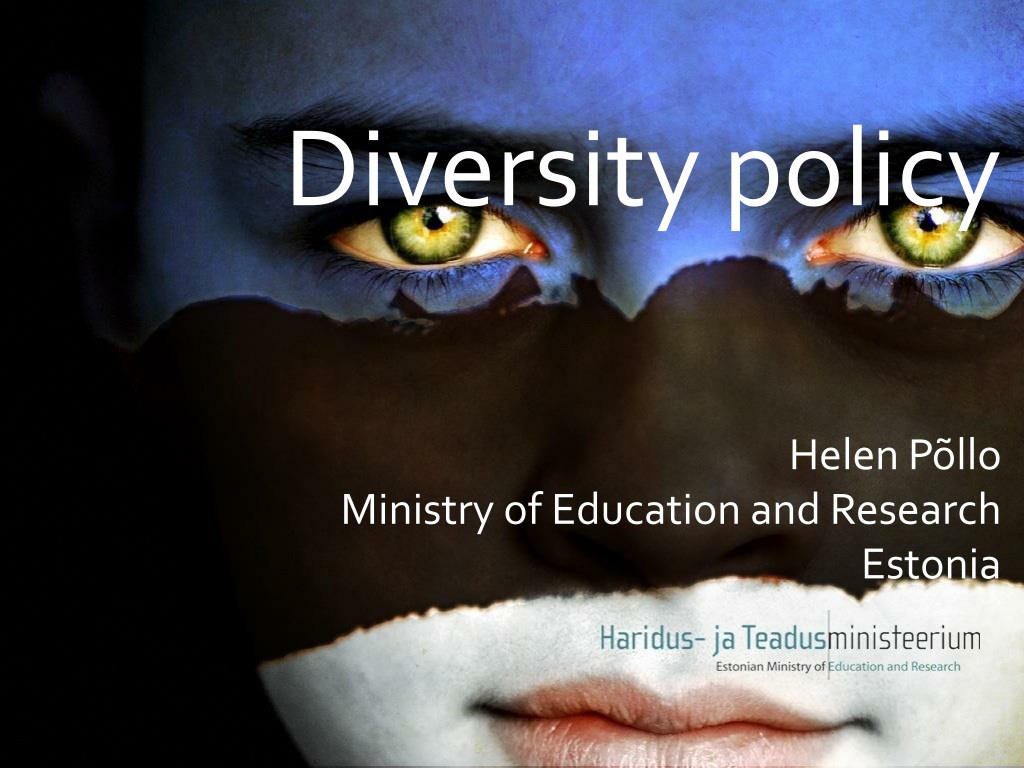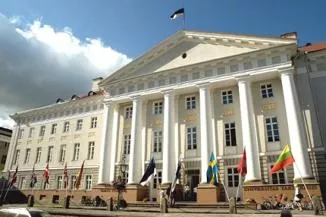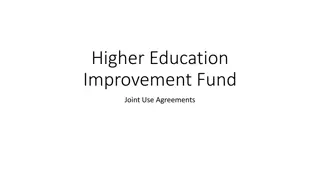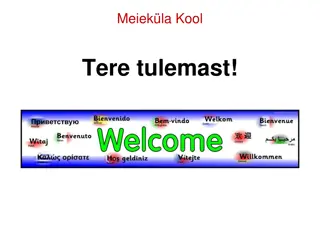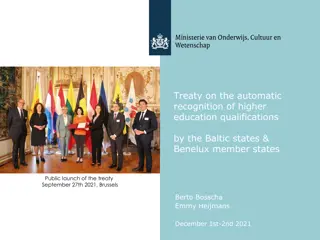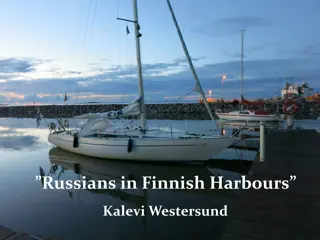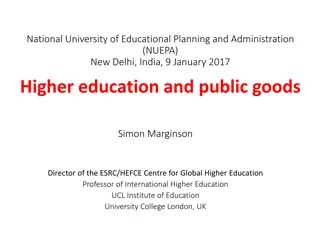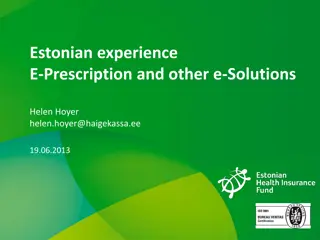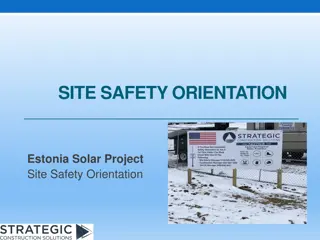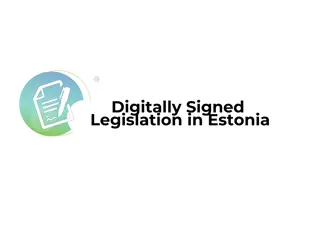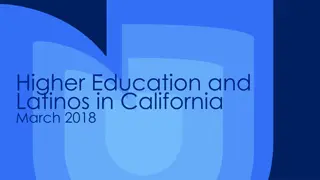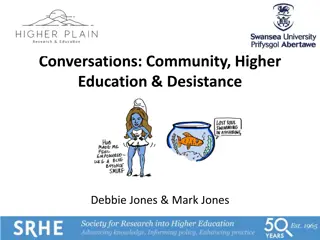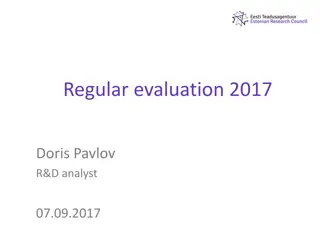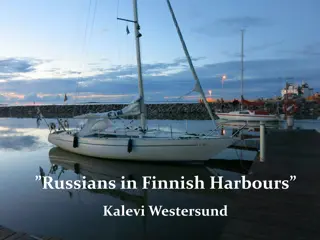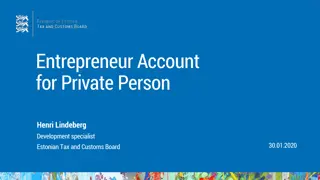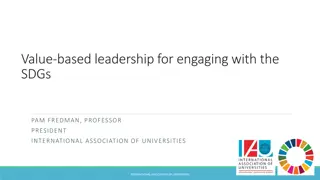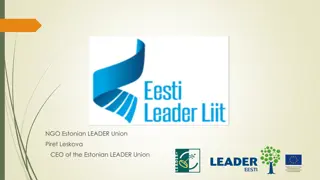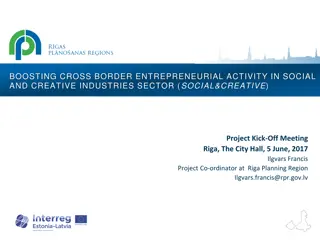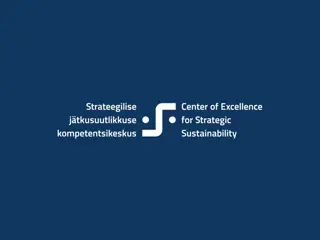Insights into Higher Education in Estonia
Delve into the diverse policies, quality assurance evaluations, and financing of higher education in Estonia as outlined by the Ministry of Education and Research. Explore the internal experiences and international implications of educational practices, including the U-map exercise in 2011. Discover the considerations surrounding indicators, data presentation, and the involvement of institutions from different countries. Gain a deeper understanding of the processes shaping higher education in Estonia.
Download Presentation

Please find below an Image/Link to download the presentation.
The content on the website is provided AS IS for your information and personal use only. It may not be sold, licensed, or shared on other websites without obtaining consent from the author.If you encounter any issues during the download, it is possible that the publisher has removed the file from their server.
You are allowed to download the files provided on this website for personal or commercial use, subject to the condition that they are used lawfully. All files are the property of their respective owners.
The content on the website is provided AS IS for your information and personal use only. It may not be sold, licensed, or shared on other websites without obtaining consent from the author.
E N D
Presentation Transcript
Diversity policy Helen P llo Ministry of Education and Research Estonia
Quality assurance evaluation of study program groups (2009-2011; 2011+) and accreditation of institutions (2011 +) U-map Financing of higher education
U-map excersise Mapping of Estonian higher education institutions according to the U-Map model took place in 2011. Not ranking but classification All HE institutions participated at least started with the project. Not all of them reached to the end. Not all wanted to be published. Coatching
Internal experience: - Small country, basicly one reagion. You can compare what is worth to compare - Ministry has a minor role to play - How do WE understand the indicators and how we present our data? - HaveTHEY given out the right information ? Result: double quality control (inside one institution and between institutions) Opens up new discussions about data collection and other transparency tools
International result? - What will happen when institutions from different countries will be involved?! - Will it have a negative impact? - Will students find the information useful and interesting -will they use it at all? Academic teachers? - Understanding of the results is the highest rate always the best?
Financing higher education +2012 Based on x nr of indicators measured annually by the MoER Finding the right indicators to use profiling institutions Negotiations
Thank you ! Ait h!
